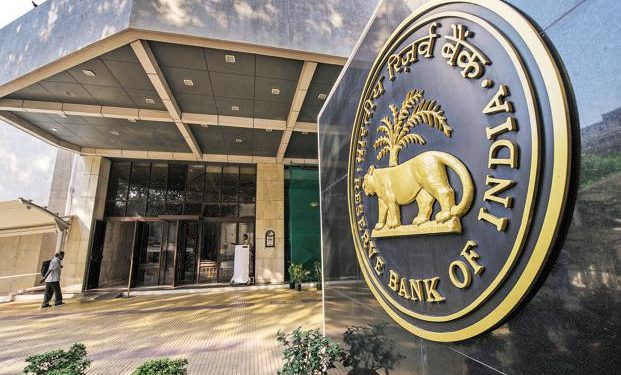This is in line with the Reserve Bank of India’s (RBI) mandate, that a bank account automatically gets classified as inoperative or dormant if there are no ‘customer-induced transactions’ for that period.
These include any debit or credit transactions, as well as third-party deposits or remittances.
However, according to the guidelines, the bank cannot freeze your account if you fail to meet the minimum balance requirement.
Also, if banks deposit the interest earned on fixed deposit in your account, the guidelines consider it as a customer-induced transaction, keeping the account operational.
You can avoid all this, by making small transactions routinely. For example, you can use the account for small ATM withdrawal or payments.
If you have shifted cities or countries, you can use netbanking to transfer small sums between two accounts. If the account is no longer useful, best is to close the account.
Normally, the bank would intimate the customer two to three months prior to the account becoming inoperative. If you still don’t take any action, the bank will send a letter declaring the account dormant.
Charges: An inoperative account may not affect your credit history. But, it would attract a penalty, depending on the bank’s policy.
The penalty is levied only for the period during which the account is classified as being non-operational. This charge of Rs 50-200 is mostly levied on an annual basis.
Additionally, if the account balance is below the average minimum requirement of the bank, the customer may have to pay non-maintenance fees for the period as well. The fees are payable on a quarterly basis.
For instance, if you are holding an account with HDFC Bank, the average minimum balance if the account is held in an urban area or metro is Rs 10,000 and for an account held in a rural or semi-urban area is Rs 5,000.
A charge of Rs 750 would be levied on a quarterly basis if this minimum balance is not maintained. The charges may be hugely different for public sector and private sector banks.
At Union Bank of India, failure to maintain a minimum average quarterly balance of Rs 1,000 in an urban area would attract a penalty of Rs 90 and for Rs 500, a penalty of Rs 60.
These charges are deducted directly from the account. And, “Once the entire balance is exhausted, the account is frozen and the customer is intimated accordingly. If he does not respond, the account is removed permanently from our system,” says S Govindan, general manager, personal banking, Union Bank of India.
While there is no fixed period before which the account is removed, it mostly takes one to two years.
Reactivation: According to RBI’s guidelines, banks cannot levy any charges for activation of a dormant account. However, customers would have to first give a request letter to the branch at which the account is held. They will also have to comply with the know-your-customer (KYC) norms by submitting proof of residence and proof of identity.
Interest: Though the account is declared dormant, the bank would continue to pay interest on the balance.
It would do so even if the account balance dips below the minimum balance requirement.
The interest earned is liable for tax payment. It is considered as income from other sources and taxed, depending on the income slab. Since the banks do not send account statements for inoperative accounts, the onus lies with you to calculate your tax liability.
Agencies






































